Soda is everywhere in our daily lives, but not all fizzy drinks are created equal. Some popular brands pack shocking amounts of sugar and questionable ingredients that can harm your health over time. Others have made improvements or naturally contain fewer problematic ingredients. Let’s look at which popular sodas might be causing the most damage to your health and which options might be better choices when you need that bubbly fix.
1. Mountain Dew: The Neon Nightmare
The electric yellow glow of Mountain Dew might look fun, but what’s inside is seriously concerning. A single 12-ounce can contains a whopping 46 grams of sugar—that’s about 11 teaspoons!
The caffeine content is also through the roof compared to other sodas, making it particularly problematic for kids and teens. Some versions still contain brominated vegetable oil (BVO), an ingredient banned in Europe and Japan because it builds up in the body and can cause health problems.
Regular Mountain Dew drinkers often experience dental issues because the combination of sugar, acid, and yellow dye creates a perfect storm for tooth decay. The citric acid is particularly harsh on tooth enamel, leading to permanent damage over time.
2. Pepsi: The Cola Culprit
Pepsi might be the underdog to Coca-Cola, but there’s nothing small about its health impacts. Each 12-ounce can delivers a massive 41 grams of sugar—roughly 10 teaspoons—straight to your bloodstream, triggering insulin spikes that can lead to energy crashes.
The caramel coloring in Pepsi contains 4-methylimidazole (4-MEI), a potential carcinogen that has raised red flags among health researchers. Regular consumption has been linked to increased risk of type 2 diabetes, obesity, and metabolic syndrome.
Phosphoric acid, another key ingredient, can interfere with calcium absorption and potentially contribute to bone density loss over time. Many dentists report seeing distinctive decay patterns in frequent Pepsi drinkers due to its highly acidic nature.
3. Coca-Cola Classic: America’s Sweet Addiction
Coca-Cola remains the world’s most recognized beverage, but its popularity doesn’t make it healthy. With 39 grams of sugar per can, drinking just one daily adds up to 30 pounds of sugar consumption yearly!
The dark caramel color doesn’t come from natural sources—it’s created through a chemical process that produces 4-MEI, which California officially recognizes as a carcinogen. The phosphoric acid in Coke is so corrosive that mechanics sometimes use it to clean engine parts and remove rust.
Interesting fact: The acidity level of Coca-Cola (pH of about 2.5) is strong enough to dissolve a nail if left submerged for several days. This same acidity gradually wears away at your tooth enamel with every sip you take.
4. Dr. Pepper: 23 Flavors of Trouble
Dr. Pepper proudly boasts its secret blend of 23 flavors, but what it doesn’t advertise is the 40 grams of sugar packed into each can. That’s equivalent to eating about 10 sugar cubes in one sitting!
The complex flavor profile comes from a combination of natural and artificial ingredients that create its distinctive taste. However, many of these artificial flavors haven’t been extensively studied for long-term health effects.
The caramel coloring in Dr. Pepper contains the same potentially problematic 4-MEI found in other dark sodas. Regular consumption has been associated with increased belly fat—the dangerous kind that surrounds vital organs and raises risk factors for heart disease and diabetes.
5. Sprite: The Clear Danger
Sprite’s clear appearance might give the illusion of purity, but don’t be fooled by its transparent disguise. Despite being caffeine-free, this lemon-lime soda packs 38 grams of sugar per can—nearly as much as the darker colas.
The combination of citric acid and sugar creates a double assault on dental health. Dentists report that Sprite can cause even more dental erosion than some darker sodas because of its high acid content.
The artificial flavors in Sprite have been linked to increased cravings and appetite disruption. Many people mistakenly reach for clear sodas thinking they’re healthier choices, but Sprite’s sugar content can contribute just as significantly to weight gain and metabolic issues as its darker counterparts.
6. Fanta Orange: The Fruity Deceiver
Fanta Orange’s bright color and fruit-inspired taste create a false sense of healthiness. Shockingly, it contains even more sugar than Coca-Cola—a staggering 44 grams per can!
The vibrant orange color doesn’t come from actual oranges but from artificial dyes like Yellow 6 and Red 40. These synthetic colors have been linked to hyperactivity in children and are banned or require warning labels in some European countries.
Despite its name and marketing, Fanta Orange contains minimal actual fruit juice—typically less than 2%. The combination of high sugar, artificial colors, and minimal nutritional value makes this seemingly innocent orange soda one of the worst offenders on our list, despite its cheerful appearance and fruity marketing.
7. Sunkist Orange Soda: Sunshine in a Can?
Sunkist Orange Soda brings the bold color of sunshine to your glass, but the health clouds are gathering. Unlike many orange sodas, Sunkist adds caffeine to its recipe, making it a stimulant that many parents don’t realize they’re giving their children.
The sugar content exceeds 40 grams per can, which is particularly troubling when marketed with fruit imagery that suggests healthfulness. The bright orange color comes from Yellow 6 and Red 40—artificial dyes that have been associated with behavioral problems in some children.
The high-fructose corn syrup used to sweeten Sunkist has been linked to increased risk of obesity and fatty liver disease. One study found that beverages sweetened with HFCS may contribute more to weight gain than those with regular sugar.
8. Mello Yello: The Mountain Dew Copycat
Mello Yello often lives in Mountain Dew’s shadow, but its health impact deserves its own spotlight of concern. The citrus-flavored soda delivers a double-whammy of high sugar (47 grams per 12 oz) and significant caffeine content that can disrupt sleep patterns and increase anxiety.
Some formulations still contain brominated vegetable oil (BVO), an emulsifier that helps distribute flavor. This controversial ingredient has been removed from many beverages because it contains bromine, an element found in flame retardants that can build up in the body over time.
The combination of sugar, caffeine, and artificial ingredients makes Mello Yello particularly problematic for children and teens. Regular consumption has been associated with increased hyperactivity, difficulty concentrating, and potential long-term health effects.
9. Barq’s Root Beer: The Sneaky Stimulant
Root beer generally has a reputation as a caffeine-free option, which makes Barq’s a wolf in sheep’s clothing. Unlike most root beers, Barq’s contains 22mg of caffeine per can—enough to affect sensitive individuals and children.
The sugar content sits at around 45 grams per can, higher than many other sodas on this list. What’s particularly concerning is that many parents give root beer to children thinking it’s a better choice than cola, unaware of the caffeine content in Barq’s specifically.
The sodium content is also surprisingly high at 100mg per can, contributing to potential blood pressure issues with regular consumption. While the creamy vanilla flavor might taste nostalgic, the combination of sugar, caffeine, and sodium makes this root beer far from an innocent treat.
10. Crush Grape: Purple Peril
The intensely sweet grape flavor of Crush masks a concerning nutritional profile. Each can delivers over 40 grams of sugar and gets its vivid purple color from artificial dyes including Blue 1 and Red 40, which have been linked to behavioral issues in children.
The flavor bears little resemblance to actual grapes and instead comes from a laboratory-created blend of chemicals designed to mimic fruit taste. Some parents mistakenly believe fruit-flavored sodas contain real fruit or are healthier options for children.
The combination of high sugar content and artificial colors makes Crush Grape particularly problematic for developing bodies. Studies have shown that some children experience increased hyperactivity, reduced attention span, and irritability after consuming foods with these artificial colorings.
1. Zevia: The Plant-Based Alternative
Zevia represents a significant improvement in the soda landscape, using stevia—a natural plant-based sweetener—instead of sugar or artificial sweeteners. With zero calories and zero sugar, it eliminates the biggest health concern of traditional sodas.
Unlike conventional diet sodas, Zevia avoids controversial artificial sweeteners like aspartame and sucralose. The company also excludes phosphoric acid and caramel coloring, removing two more problematic ingredients found in mainstream sodas.
Available in familiar flavors like cola, root beer, and ginger ale, Zevia provides a recognizable taste experience without the health drawbacks. While some people detect a slight aftertaste from stevia, many find it preferable to the metallic taste of artificial sweeteners or the overwhelming sweetness of high-sugar sodas.
2. Coca-Cola Zero Sugar: The Improved Classic
Coca-Cola Zero Sugar offers the familiar cola taste without the sugar load of the original. The reformulated version uses a blend of aspartame and acesulfame potassium to achieve a taste closer to regular Coke than previous diet versions.
The zero-calorie profile eliminates the immediate concerns about weight gain and blood sugar spikes associated with regular soda. However, some research suggests artificial sweeteners may still impact insulin response and gut bacteria in ways scientists are still studying.
For those who enjoy the classic Coca-Cola taste but want to avoid sugar, Coke Zero represents a significant improvement over the original. The absence of sugar means reduced risk of dental decay, though the phosphoric acid still present can affect tooth enamel over time. Many nutritionists consider it a reasonable occasional choice for those transitioning away from sugary drinks.
3. Spindrift: Barely a Soda At All
Spindrift has reimagined what a carbonated beverage can be, using just sparkling water and real squeezed fruit. With only 2-15 calories and 0-4 grams of sugar per can (depending on flavor), it’s barely recognizable as a traditional soda.
The ingredient list is refreshingly simple—you’ll find no artificial flavors, sweeteners, or preservatives. The subtle fruit flavor comes exclusively from actual fruit juice, creating a light, refreshing taste that’s less overwhelming than conventional sodas.
Nutritionists frequently recommend Spindrift as a transition beverage for those trying to break soda habits. The light carbonation provides the familiar fizzy experience, while the real fruit ingredients offer a hint of natural sweetness. The minimal sugar content comes only from the fruit itself, making it a dramatically healthier option than traditional sodas.
4. Olipop: The Gut-Friendly Innovation
Olipop represents the next generation of functional sodas, designed not just to avoid harm but to potentially benefit health. Each can contains 9 grams of fiber and prebiotics that support digestive health—something traditional sodas certainly can’t claim!
With just 2-5 grams of sugar per can (compared to 40+ in conventional sodas), Olipop dramatically reduces sugar impact. The light sweetness comes from a blend of natural sweeteners including stevia, cassava root syrup, and fruit juice.
Available in nostalgic flavors like vintage cola, root beer, and orange cream, Olipop satisfies soda cravings without the downsides. The prebiotic ingredients can help feed beneficial gut bacteria, potentially improving digestive health over time. Many people with sensitive stomachs report that Olipop is gentler on their systems than both traditional and diet sodas.
5. Pepsi Zero Sugar: The Reformed Rival
Pepsi Zero Sugar offers cola lovers the familiar taste they crave without the massive sugar load. The improved formula uses a blend of artificial sweeteners that closely mimics the taste of regular Pepsi while eliminating the 41 grams of sugar found in the original.
The zero-calorie profile makes it a better option for weight management and blood sugar control. While it still contains artificial colors, flavors, and sweeteners that some prefer to avoid, it represents a significant improvement over regular Pepsi from a metabolic health perspective.
Caffeine content remains similar to regular Pepsi, providing the familiar energy boost without the sugar crash that follows. For Pepsi loyalists looking to reduce sugar intake without giving up their preferred flavor profile, Pepsi Zero Sugar offers a reasonable compromise that eliminates the primary nutritional concern of traditional soda.
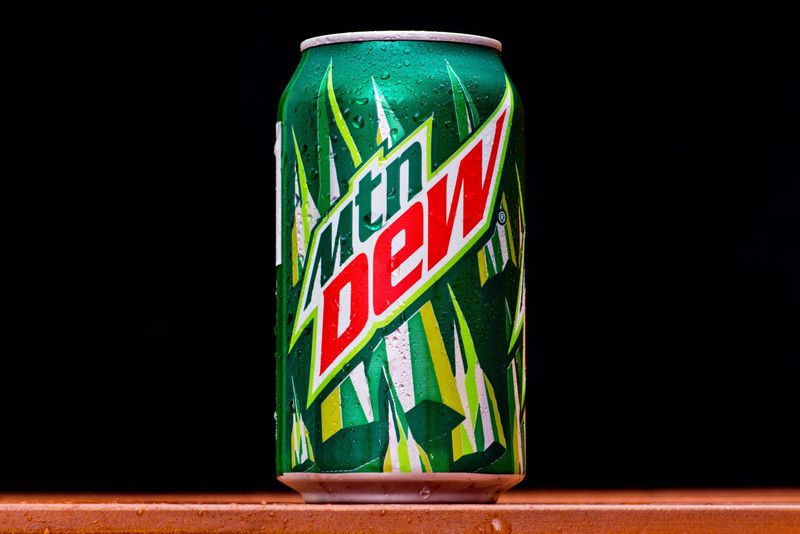
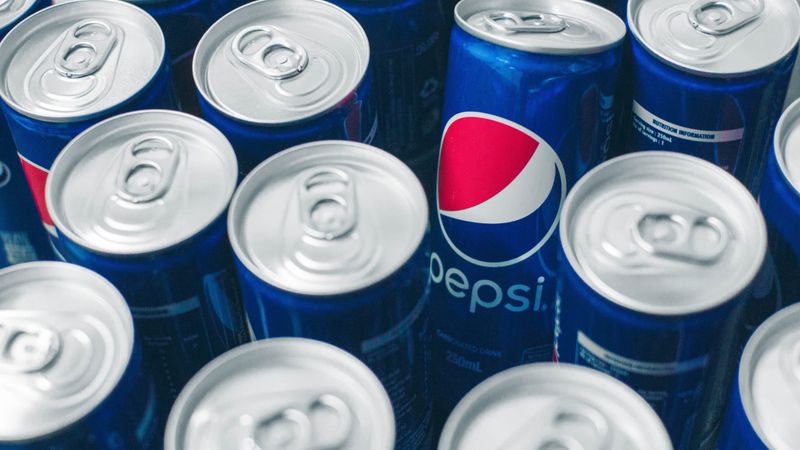
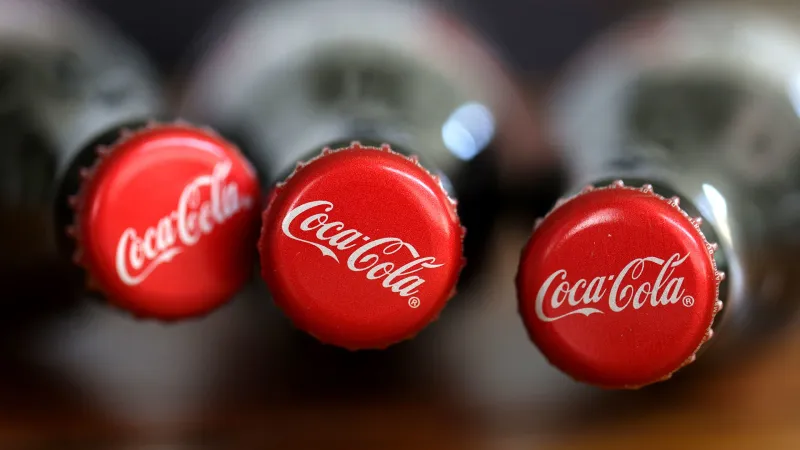
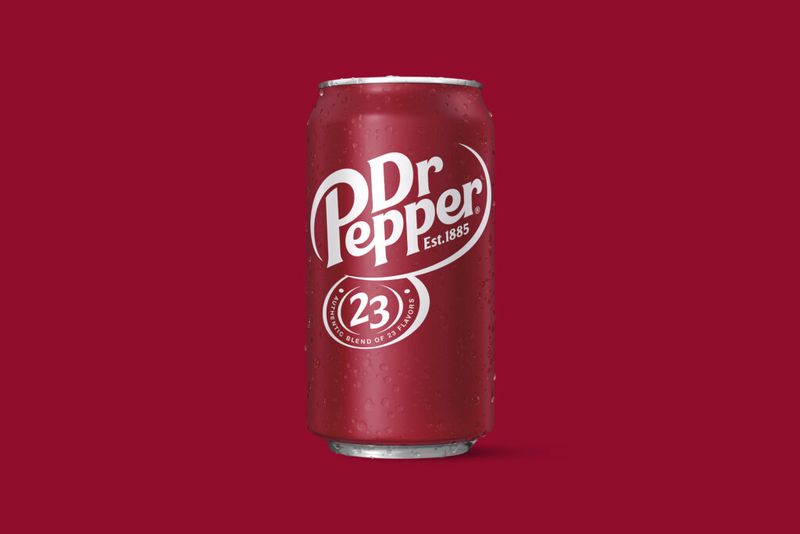
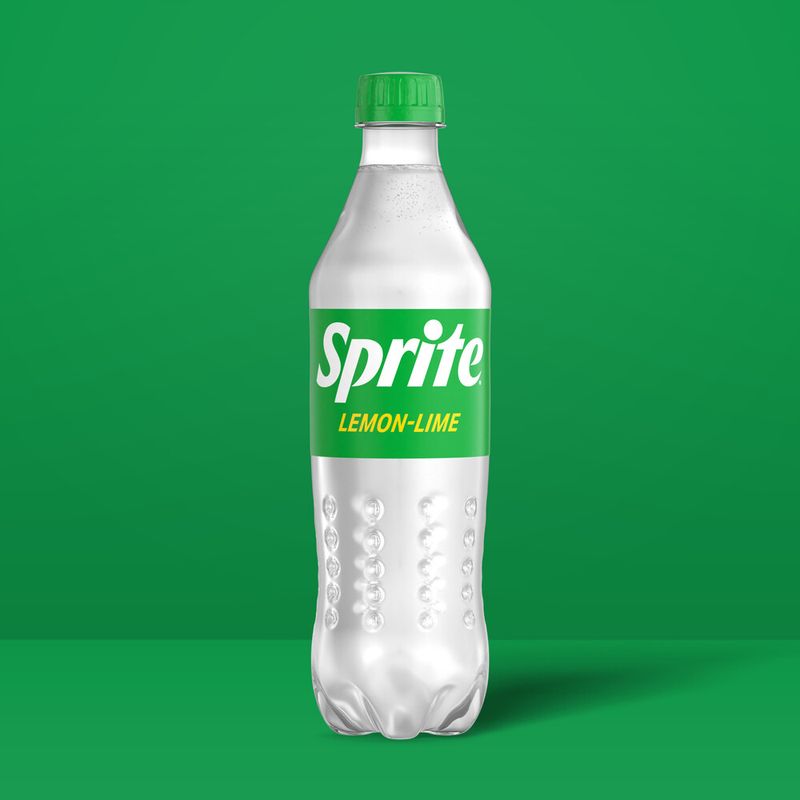
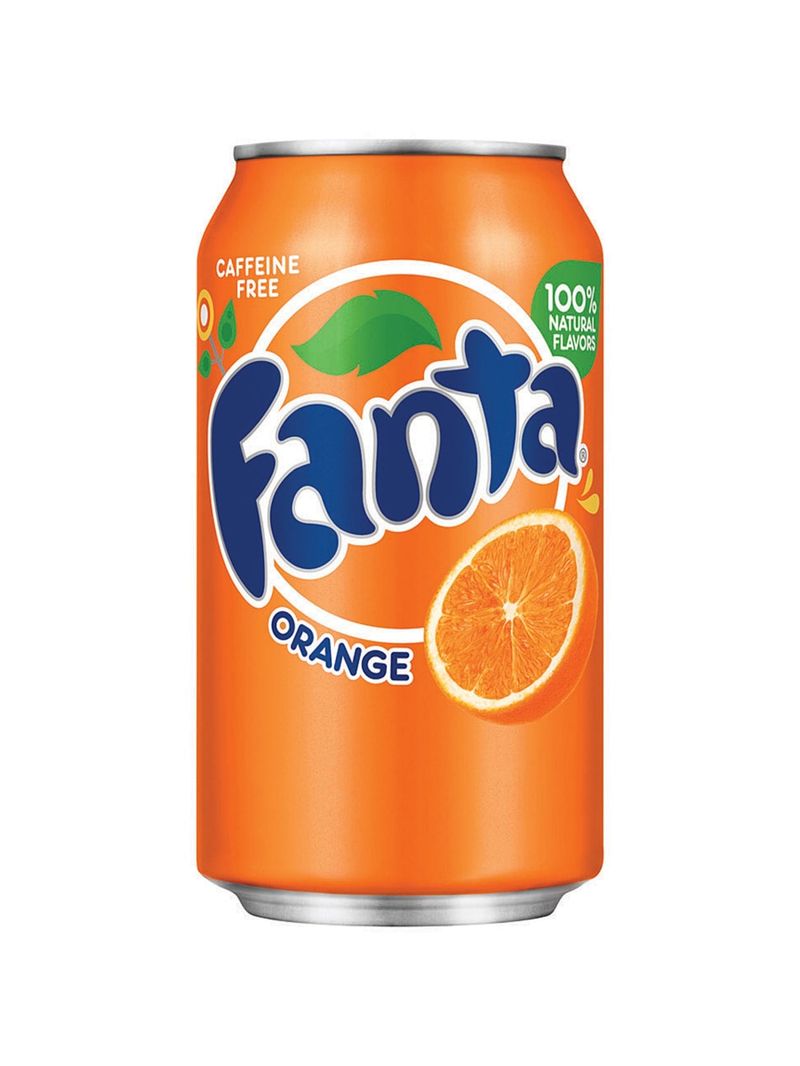
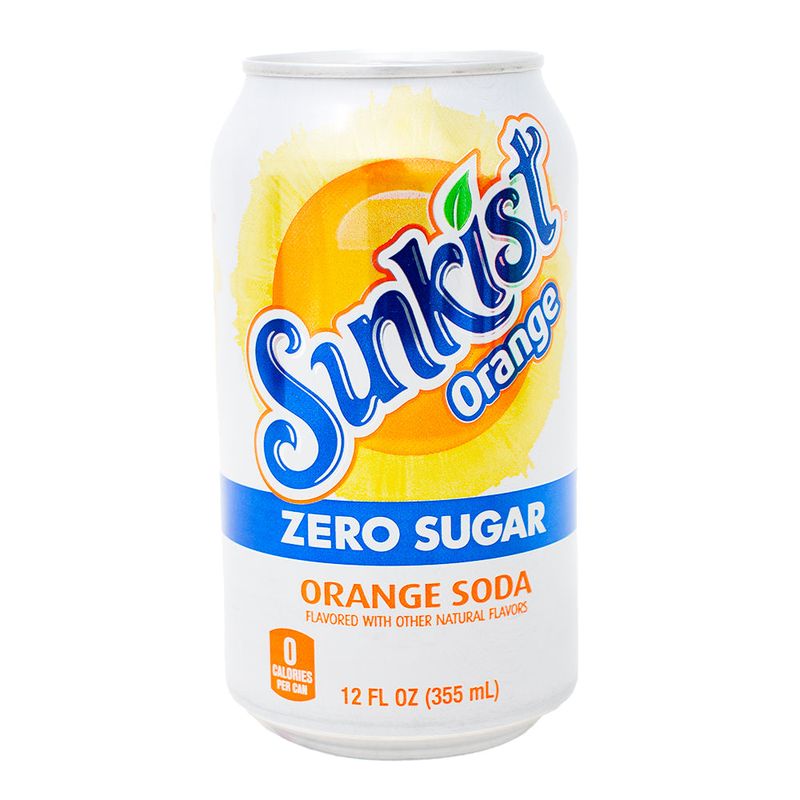
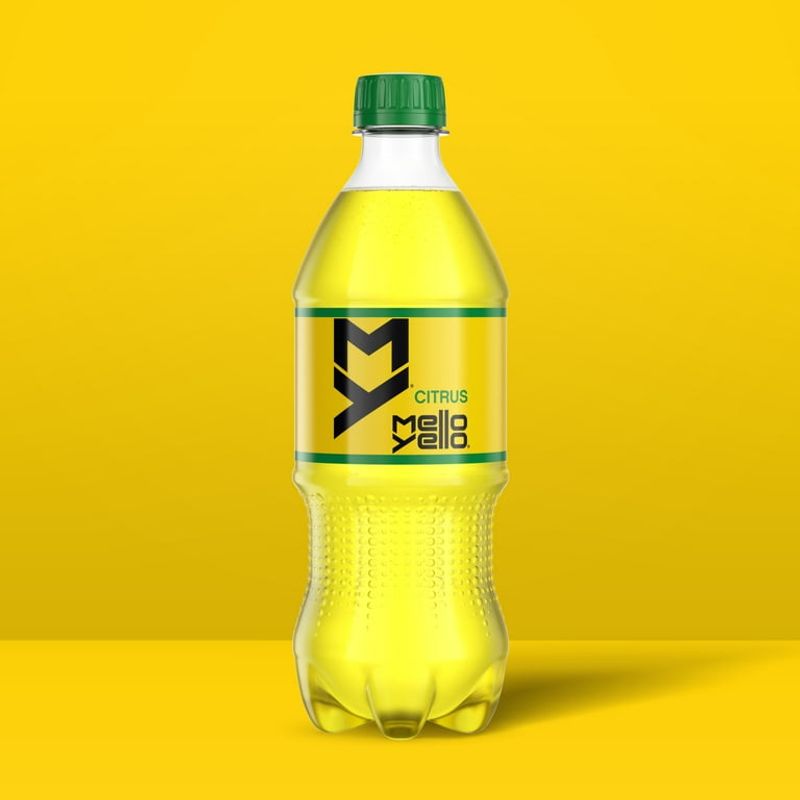
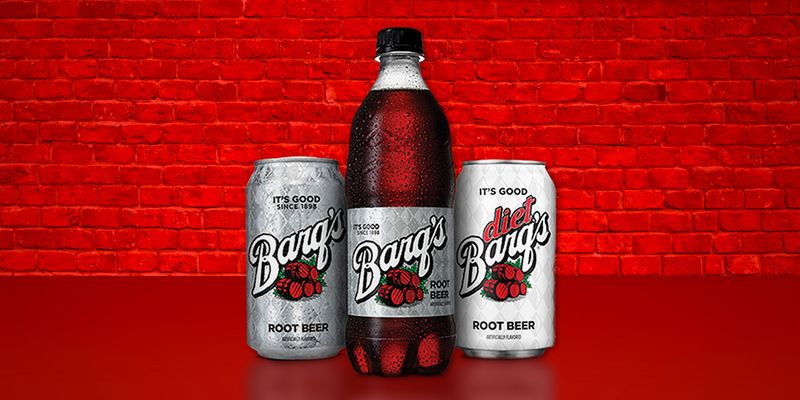
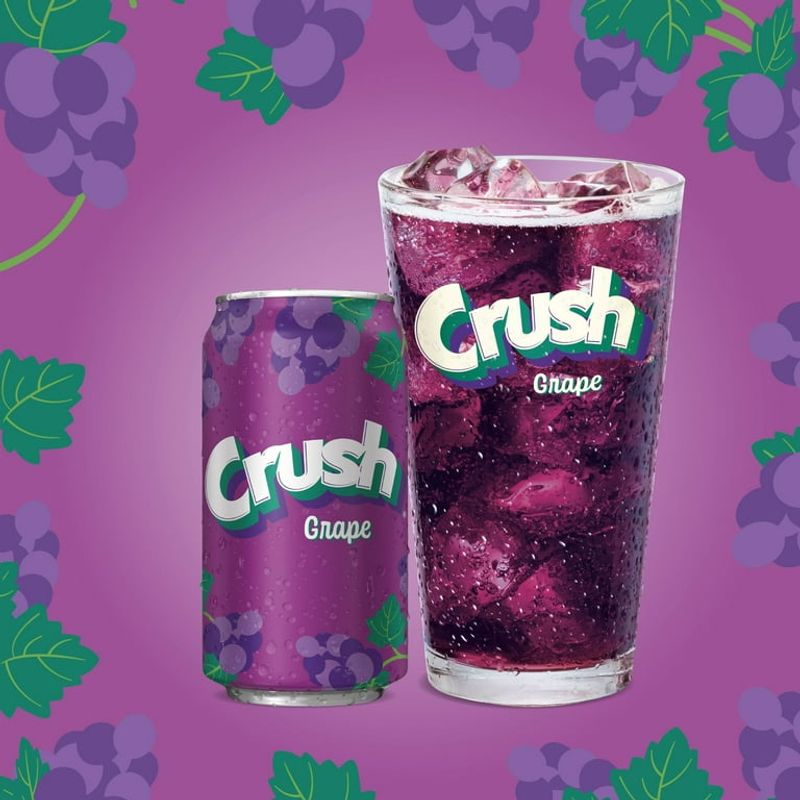
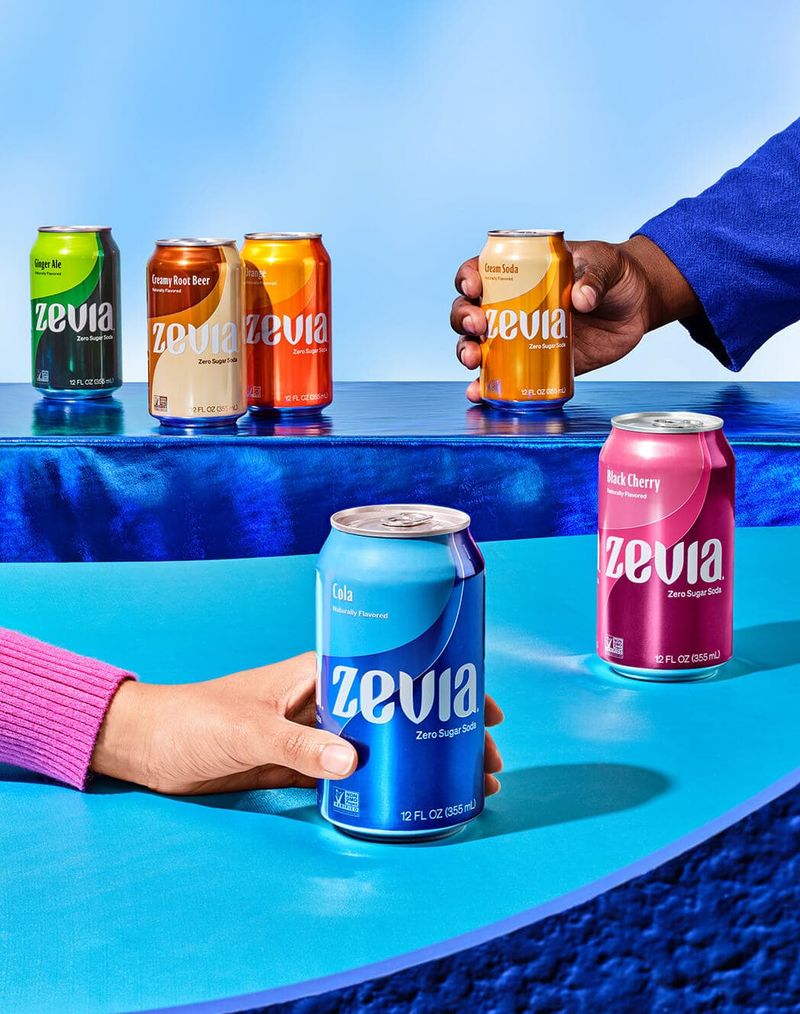
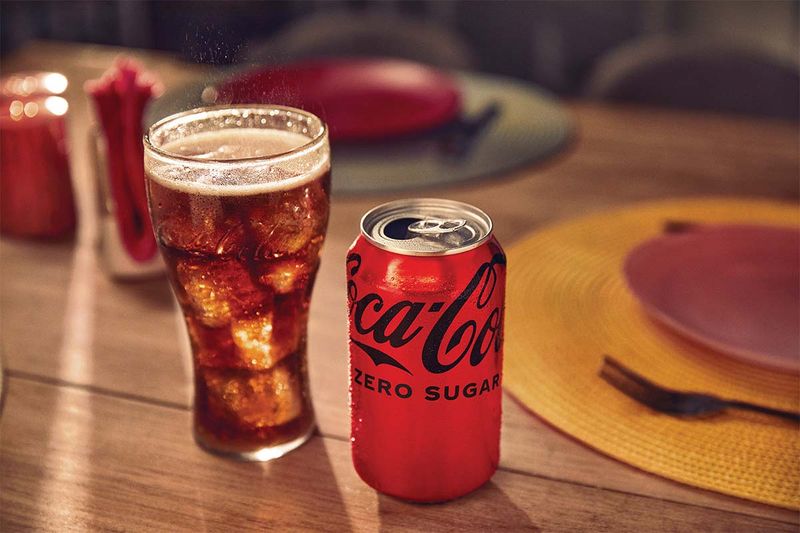
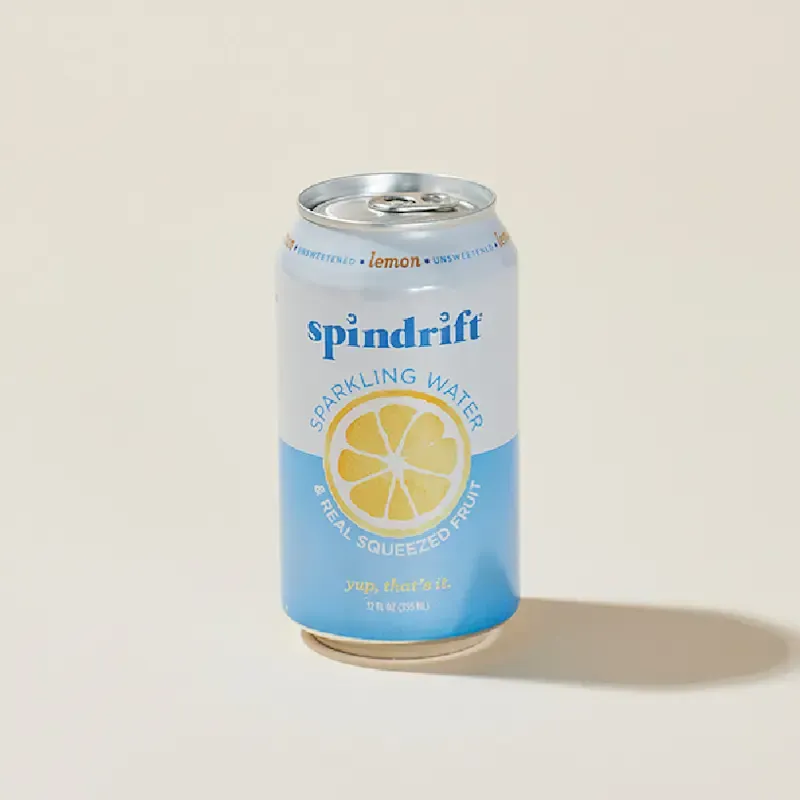
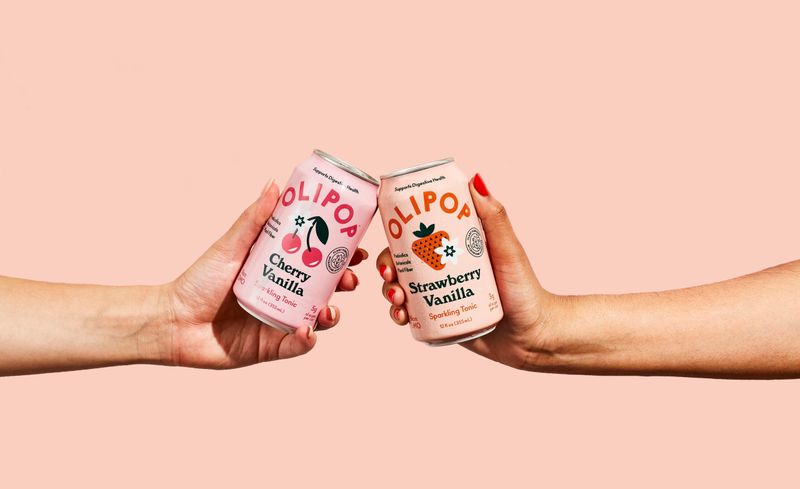
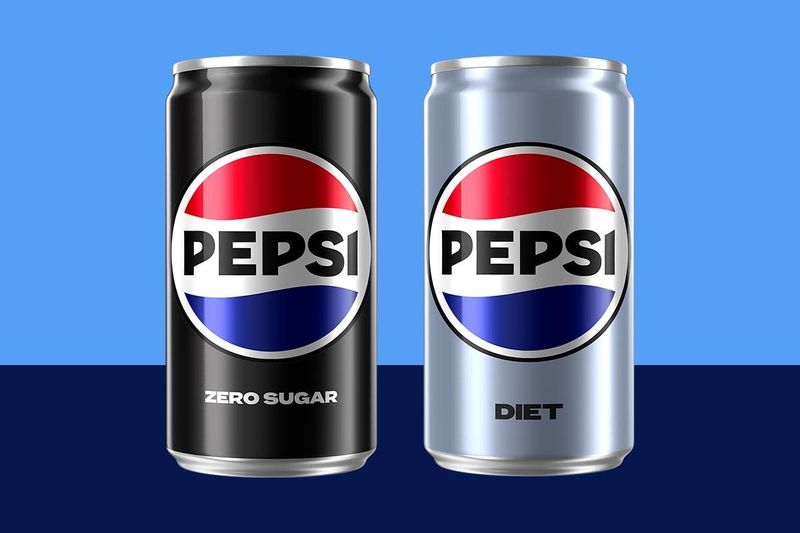
Leave a comment